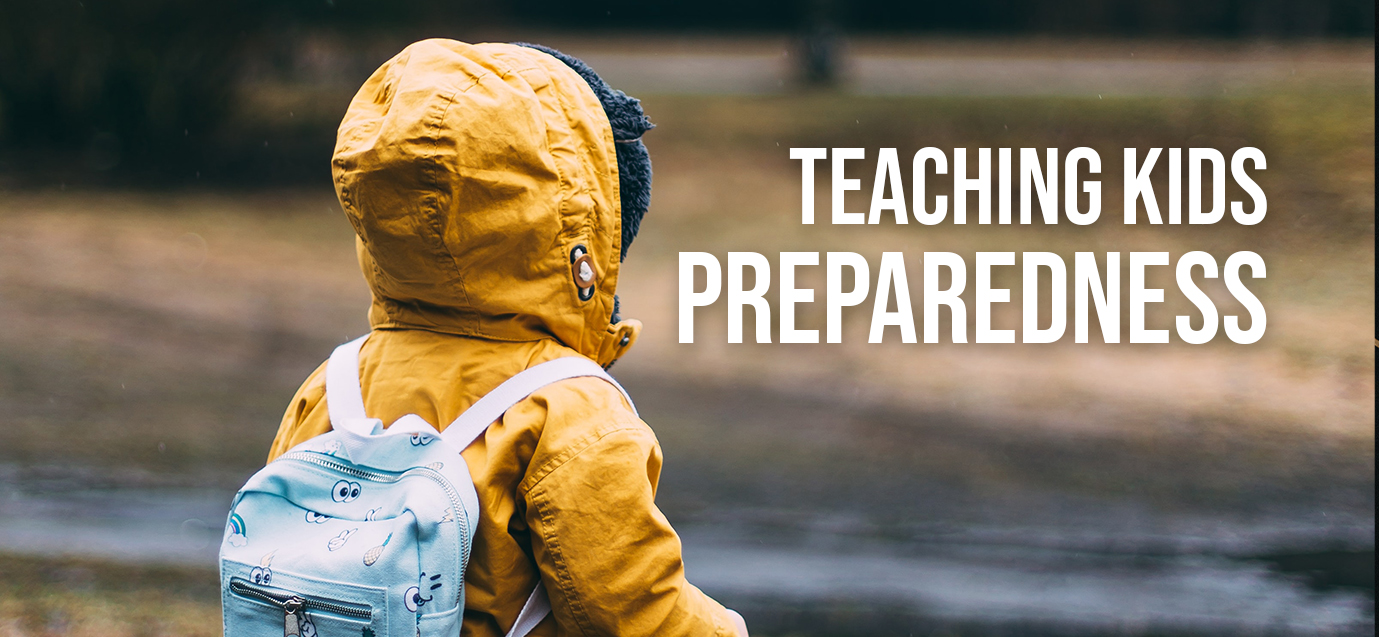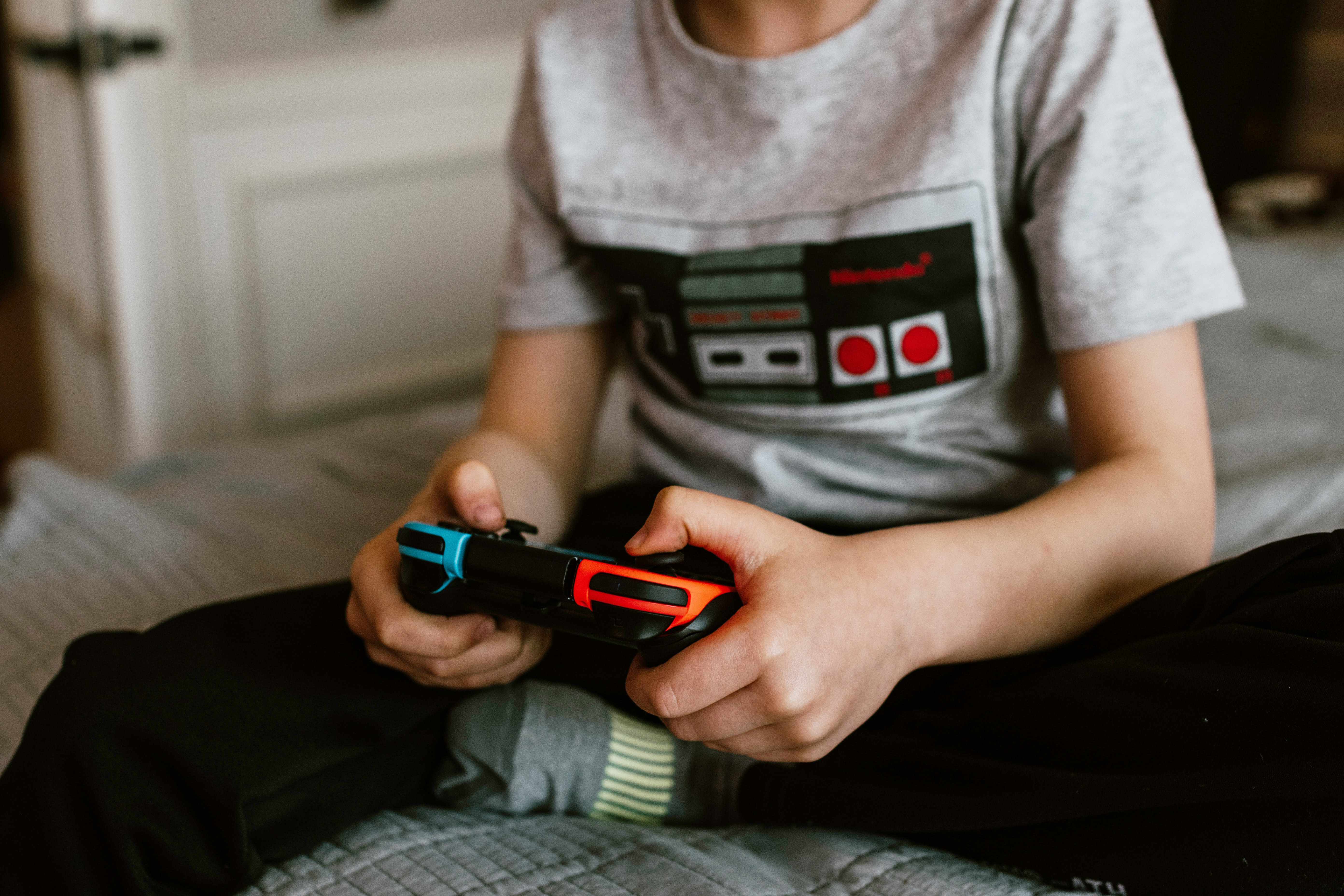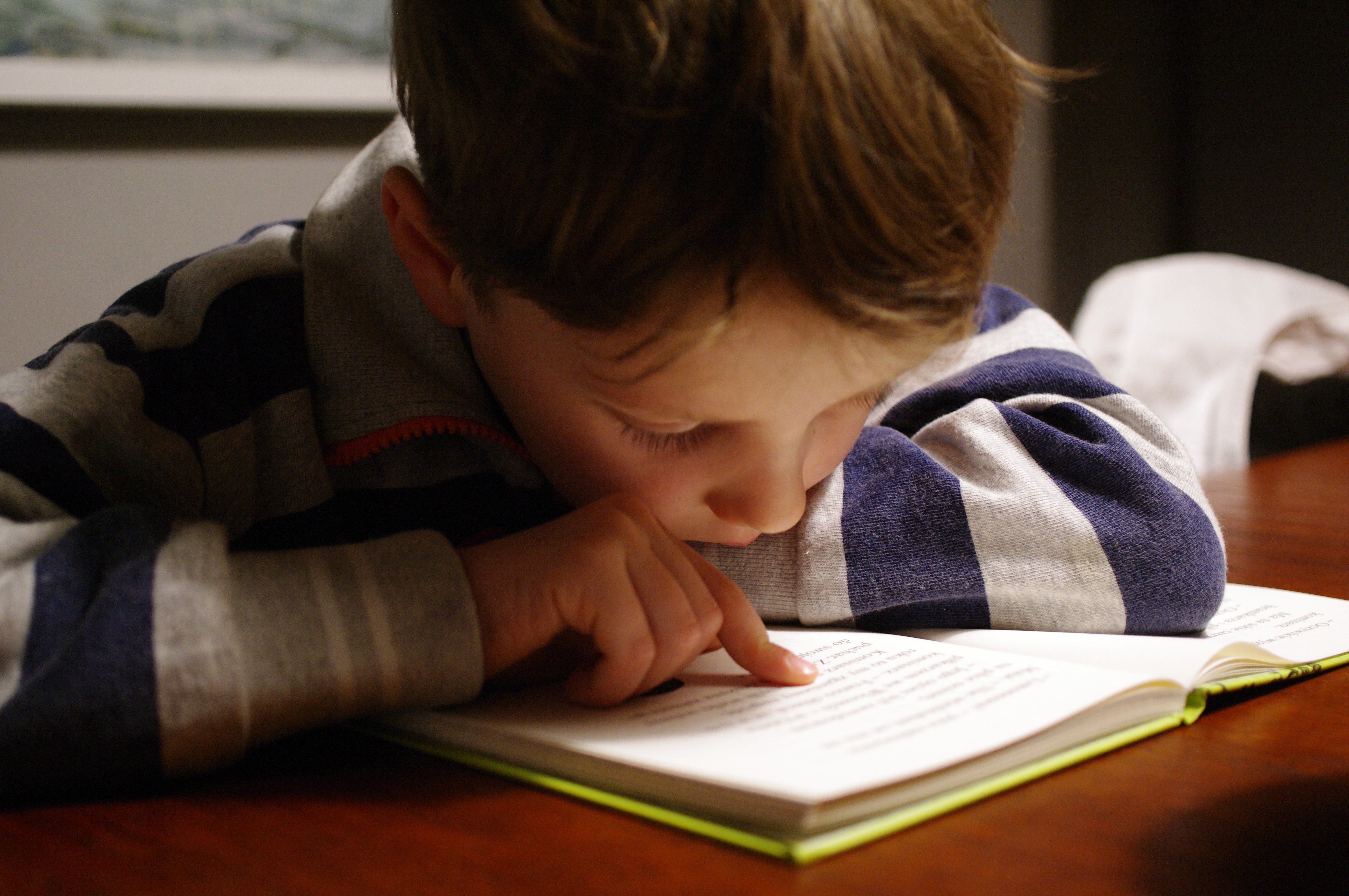
Creative Ways to Teach Children about Disaster Preparedness
Tuesday December 20, 2022
Disaster preparedness is an important topic that can often be overlooked, especially regarding children. However, teaching kids about disaster preparedness can help them feel more empowered and prepared in the event of a disaster, and it can also help them develop important life skills. Here are 8 creative ways to educate children about disaster preparedness:
1. Play disaster preparedness games:
Games can be a great way to make learning about disaster preparedness fun and engaging for children. A 2013 study by NYU yielded promising results that showed how games can be used to help children learn otherwise “boring” topics:
In the study, 58 middle-school students played the video game FactorReactor, which is designed to build math skills through problem-solving. The researchers found that when students played the game with one another — as compared with playing alone — they adopted a mastery mindset that is highly conducive to learning. Moreover, students' interest and enjoyment in playing the game increased when they played with another student.
"We found support for claims that well-designed games can motivate students to learn less popular subjects, such as math, and that game-based learning can get students interested in the subject matter," says Jan Plass, PhD, a professor in NYU's Steinhardt School of Culture, Education and Human Development and one of the study's lead authors. (APA.org)
Several games are available that focus specifically on disaster preparedness, such as "Disaster Squad" and "Disaster Master." These games can teach children about different types of disasters and what to do in the event of one.

2. Create a disaster preparedness kit:
Involving children in the process of creating a disaster preparedness kit can be a hands-on and interactive way to teach them about being prepared. Start by explaining the importance of having a kit, and then have children help you gather supplies and pack the kit. Be sure to include items like water, non-perishable food, a flashlight, and a first aid kit.
3. Practice emergency drills:
Practicing emergency drills can help children feel more prepared in the event of a disaster. Start by explaining the different types of drills you will be practicing (such as a fire drill or a tornado drill) and why they are important. Then, hold periodic drills to give children the opportunity to practice what to do in an emergency.
4. Read books about disaster preparedness:
Reading books about disaster preparedness can be a great way to introduce the topic to children in a more low-key way. Some options include "The Berenstain Bears Learn About Strangers" (which teaches children about safety during a disaster) and "The Great Kapok Tree" (which teaches children about the importance of taking care of the environment).

5. Watch movies and television shows about disaster preparedness:
There are several movies and television shows that explore disaster preparedness themes. Watching these with children can be a fun way to spark a discussion about the topic. Some options include "The Day After Tomorrow," "San Andreas," and "Flood."
6. Get involved in community disaster preparedness efforts:
Encourage children to get involved in community disaster preparedness efforts, such as participating in local drills or volunteering with organizations that focus on disaster response. This can help children feel more connected to their community and more invested in being prepared for a disaster.
7. Encourage children to develop their own emergency plan:
Encourage children to think about what they would do in the event of a disaster and to develop their own emergency plan. This can help children feel more empowered and more prepared for a disaster.
For more tips, read this piece by the YMCA.
Using these creative methods, you can help children learn about disaster preparedness in a fun and engaging way. Teaching children about disaster preparedness can help them feel more empowered and prepared in the event of a disaster, and it can also help them develop important life skills.